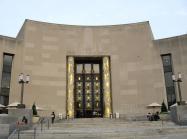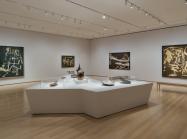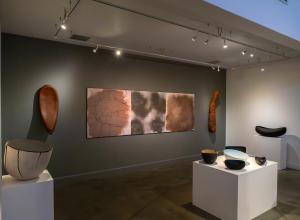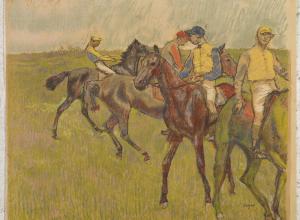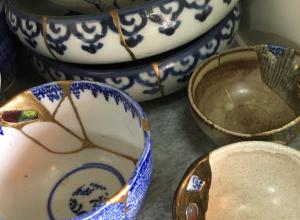The exhibition centers on the fine arts as a lens through which to understand how deeply intertwined Humboldt’s ideas were with America’s emerging identity. It includes more than 100 paintings, sculptures, maps, and artifacts as well as a video introduction to Humboldt and his connections to the Smithsonian through an array of current projects and initiatives.
“Eleanor Jones Harvey has dusted for Humboldt’s fingerprints on American art and culture and found them nearly everywhere, including the founding of the Smithsonian Institution,” said Stephanie Stebich, the Margaret and Terry Stent Director of the Smithsonian American Art Museum. “The Smithsonian, with its vast range of disciplines and multitude of collections and ongoing research, is the perfect setting for this expansive evaluation of Humboldt’s impact in the United States. Humboldt encouraged American landscape painters to embrace our natural wonders as emblems of our cultural identity. As a country, we have much to thank Humboldt for, as reflected in the countless namesake places and species across our land. Most importantly, Humboldt’s influence on America’s love of and protection of nature is revealed in other prominent Americans’ legacies, such as Theodore Roosevelt and Rachel Carson.”
The exhibition places American art squarely in the center of a conversation about Humboldt’s lasting influence with artworks that reveal how the American wilderness became emblematic of the country’s distinctive character. Humboldt’s quest to understand the universe—his concern for deforestation and climate change, his taxonomic curiosity centered on New World species of flora and fauna and his belief that the arts were as important as the sciences for conveying the resultant sense of wonder in the interlocking aspects of the planet—make this a project evocative of how art illuminates some of the issues central to stewardship of the planet today. Artworks by Albert Bierstadt, Karl Bodmer, George Catlin, Frederic Church, Eastman Johnson, Samuel F.B. Morse, Peale, John Rogers, William James Stillman and John Quincy Adams Ward, among others, will be on display. Church, an esteemed painter of the Hudson River school, features prominently in the exhibition. He idolized Humboldt, going as far as trekking in the naturalist’s footsteps in South America.

